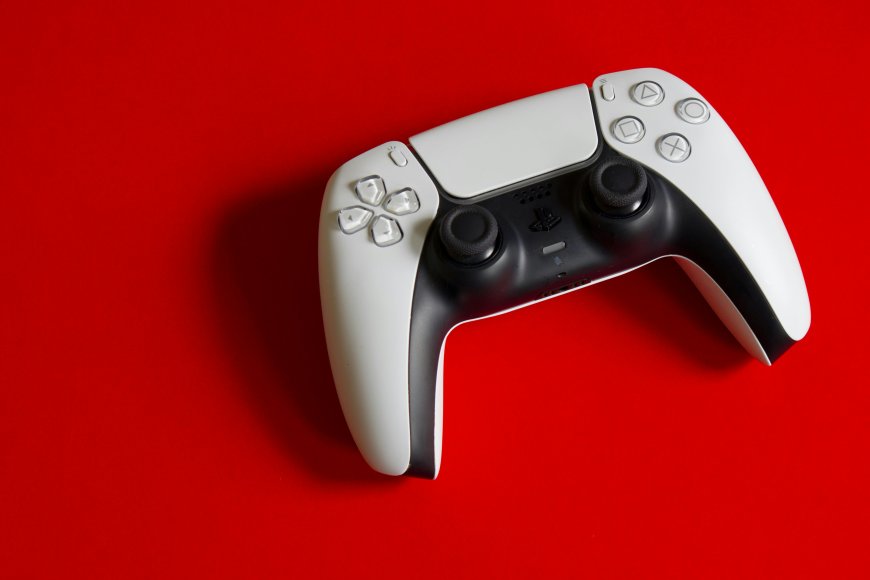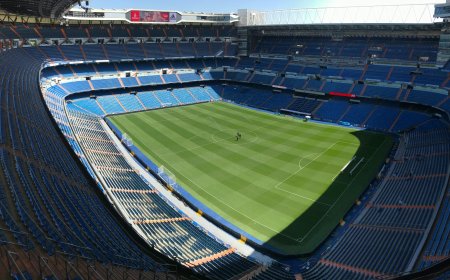Sony Lifts PlayStation 5 Prices in U.S. as Tariffs Bite
Sony hikes PlayStation 5 prices in the U.S. amid new tariffs, leaving gamers frustrated and investors watching closely.

The PlayStation 5 was supposed to be the great escape—an immersive world of fast loading, dazzling graphics, and exclusive blockbusters. For millions of gamers in the U.S., it has become a cultural staple since its 2020 launch. But as of this week, the gateway to that entertainment costs more.
Sony has raised the price of its flagship gaming console in the U.S., citing the economic weight of tariffs and higher costs across the supply chain. For fans already struggling with inflation, the increase is a bitter pill. And for investors, it highlights the tension between global trade politics and consumer technology.
The New PlayStation 5 Price Tag
Sony confirmed that starting this week, every edition of the PlayStation 5 will be more expensive for American buyers. The details are stark:
- PlayStation 5 Digital Edition: from $450 to $500
- PlayStation 5 with disc drive: from $500 to $550
- PlayStation 5 Pro: from $700 to $750
For a console that has only been on the market since 2020, these adjustments feel unusually steep. The PS5 has consistently been in high demand, but supply shortages and rising global costs are now reshaping its market presence.
Why Sony Raised Prices
Sony did not explicitly cite tariffs in its announcement, but the timing is no coincidence. The U.S. government’s trade policies have begun reshaping import costs, particularly for electronics.
Three key forces are at play:
- Tariffs on imports: A 30% tariff on Chinese goods and a 15% tariff on Japanese imports (Sony’s home country) have raised costs for hardware makers.
- Currency headwinds: A strong U.S. dollar compared with the yen and other currencies is adding financial pressure.
- Persistent inflation: Higher costs of raw materials, shipping, and manufacturing have eroded Sony’s ability to hold the line on pricing.
For months, consumer electronics companies have warned of incoming price adjustments. Now, Sony is one of the first major brands to pass those costs directly to gamers.
Gamers React: Frustration and Disappointment
The reaction among U.S. gamers has been swift—and emotional. Many fans remember how difficult it was to buy a PlayStation 5 during the pandemic, when bots and shortages made the console nearly impossible to find. Now, even as shelves slowly fill, affordability has become the new barrier.
One college student in Boston described saving for months to purchase the console, only to find the price climb out of reach: “It feels like the finish line keeps moving. First it was stock shortages, now it’s the price.”
Stories like these echo across social media, where gamers lament what feels like yet another hurdle. For younger players and families on tight budgets, the increase isn’t just an inconvenience—it’s a real obstacle to participating in a cultural touchstone.
A Story From the Living Room
On a quiet Wednesday night in Toronto, a father sat with his 12-year-old son, debating whether to buy the PS5 before the price officially went up. For them, gaming was more than just entertainment; it was bonding time after long school and workdays.
“When I saw the news about the price hike, my first thought was: do I rush out and buy it now?” the father said. “Because if I wait, it might be something we can’t justify. And I don’t want my son to miss out on the same gaming experiences I grew up with.”
It’s moments like these that capture the emotional impact of tariffs and price hikes. Beyond spreadsheets and trade policies, the consequences are deeply personal—shaping what families can and can’t afford to enjoy together.

The Investor Angle: Margins Versus Market Share
While gamers see frustration, investors see strategy. For Sony, raising the PS5’s price is about protecting margins in the face of rising costs. But it’s a delicate balance.
- Positive for margins: Higher prices help offset tariffs and inflation, keeping profits intact.
- Negative for demand: Elevated costs may cool enthusiasm among new buyers.
- Competitive risk: If rivals like Microsoft or Nintendo hold their prices steady, Sony could lose ground.
Analysts note that Sony’s brand loyalty remains strong, driven by exclusive titles like God of War, Spider-Man 2, and The Last of Us. Still, even loyalty has limits when household budgets are stretched thin.
The Tariff Backdrop: Politics Meets PlayStation
The price hike is part of a much larger story. Earlier this year, the U.S. administration introduced sweeping tariffs on a wide range of imports. Goods from China face a 30% tariff, while Japanese imports—including Sony’s hardware—are taxed at 15%.
These measures, designed to protect domestic industries, are instead reshaping consumer markets. Electronics, smartphones, and gaming consoles are among the most visibly impacted. For the average American family, tariffs once debated in Washington are now showing up directly in shopping carts.
What It Means for the Future of Gaming
The PlayStation 5 price hike raises urgent questions for the broader gaming industry:
- Accessibility: Will gaming become a luxury, out of reach for many families?
- Subscription growth: Higher hardware costs may push more players toward cloud gaming and subscription services like PlayStation Plus or Xbox Game Pass.
- Competitive dynamics: Sony’s rivals could use stable pricing as a weapon to win market share.
- Global fragility: As long as gaming hardware is built in tariff-sensitive regions, prices will remain volatile.
Sony’s move may also accelerate the shift toward digital platforms, where profits are less exposed to physical tariffs and shipping costs.
Competitor Responses: Microsoft and Nintendo
Both Microsoft and Nintendo are in a position to capitalize. The Xbox Series X and Series S remain priced competitively in the U.S., and Nintendo’s Switch continues to appeal to families looking for a more affordable option.
If these companies hold their prices steady, they could benefit from price-sensitive gamers migrating away from Sony. However, Sony’s unmatched stable of exclusive titles still gives it an edge—a reminder that in gaming, content often matters more than cost.
Conclusion: More Than a Console, More Than a Price
Sony’s decision to raise PlayStation 5 prices in the U.S. is about more than tariffs, inflation, or corporate strategy. It’s about how global economics trickle into everyday lives, altering the way families play, connect, and share experiences.
For gamers, it’s another hurdle in a journey already marked by shortages and high demand. For investors, it’s a calculated move to safeguard margins. And for policymakers, it’s a reminder that tariffs do not remain abstract—they ripple into living rooms, directly shaping culture.
The PlayStation 5’s new price tag is not just a number. It’s a symbol of the complex dance between politics, business, and personal joy. And as long as trade disputes continue, the cost of gaming may keep rising—leaving players to decide just how much those digital worlds are worth.
FAQs
Q1: How much has the PlayStation 5 price increased in the U.S.?
The PS5 Digital Edition rose from $450 to $500, the disc version from $500 to $550, and the Pro from $700 to $750.
Q2: Why did Sony raise PlayStation 5 prices?
The increase is tied to tariffs, inflation in manufacturing, and higher import costs.
Q3: Are Xbox or Nintendo consoles affected?
So far, competitors have not raised U.S. prices, but future adjustments remain possible.
Q4: Does this mean PlayStation games will also cost more?
Game prices have already climbed in recent years, and further increases can’t be ruled out.
Q5: Should I buy a PlayStation 5 now or wait?
If you’ve been planning to purchase, buying sooner may help avoid further hikes, though alternatives like Xbox or Nintendo may offer better value.
What's Your Reaction?
 Like
0
Like
0
 Dislike
0
Dislike
0
 Love
0
Love
0
 Funny
0
Funny
0
 Angry
0
Angry
0
 Sad
0
Sad
0
 Wow
0
Wow
0
































































